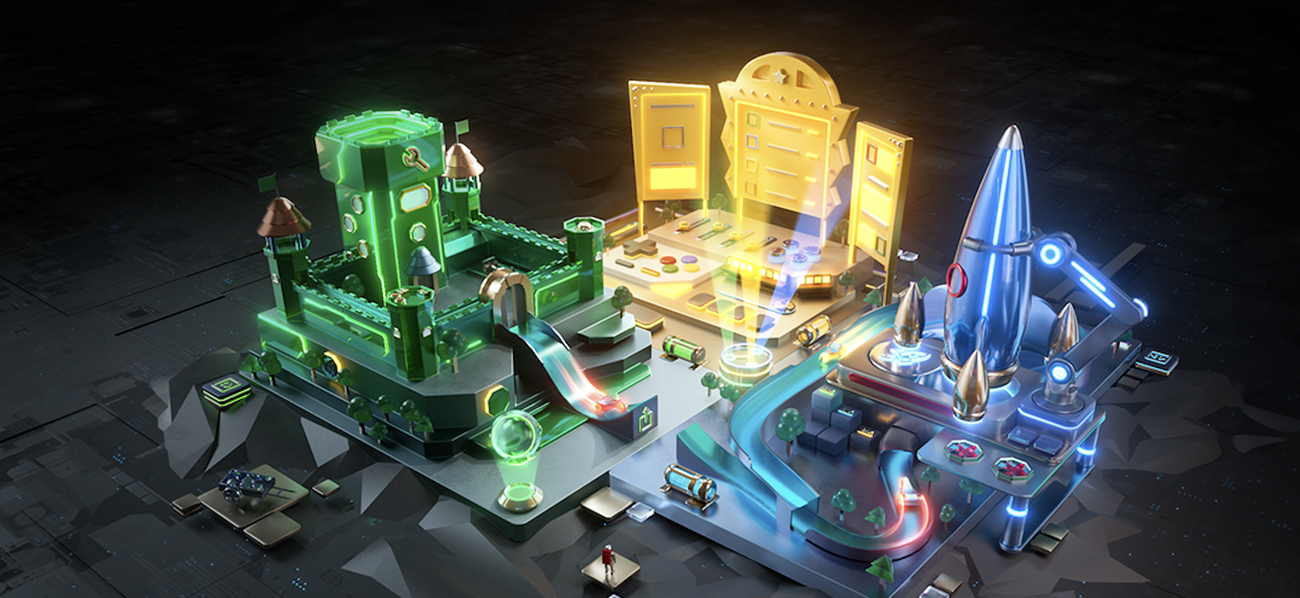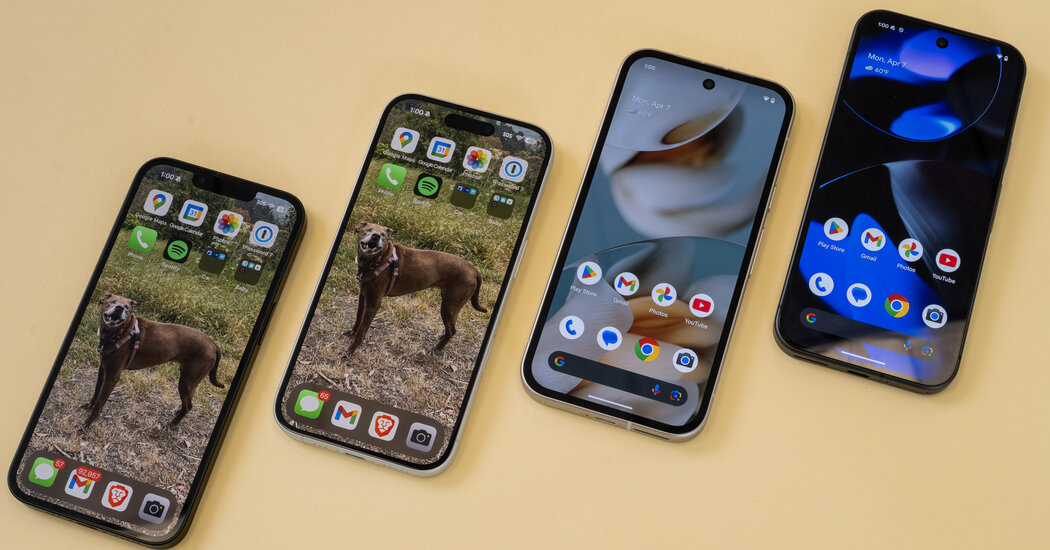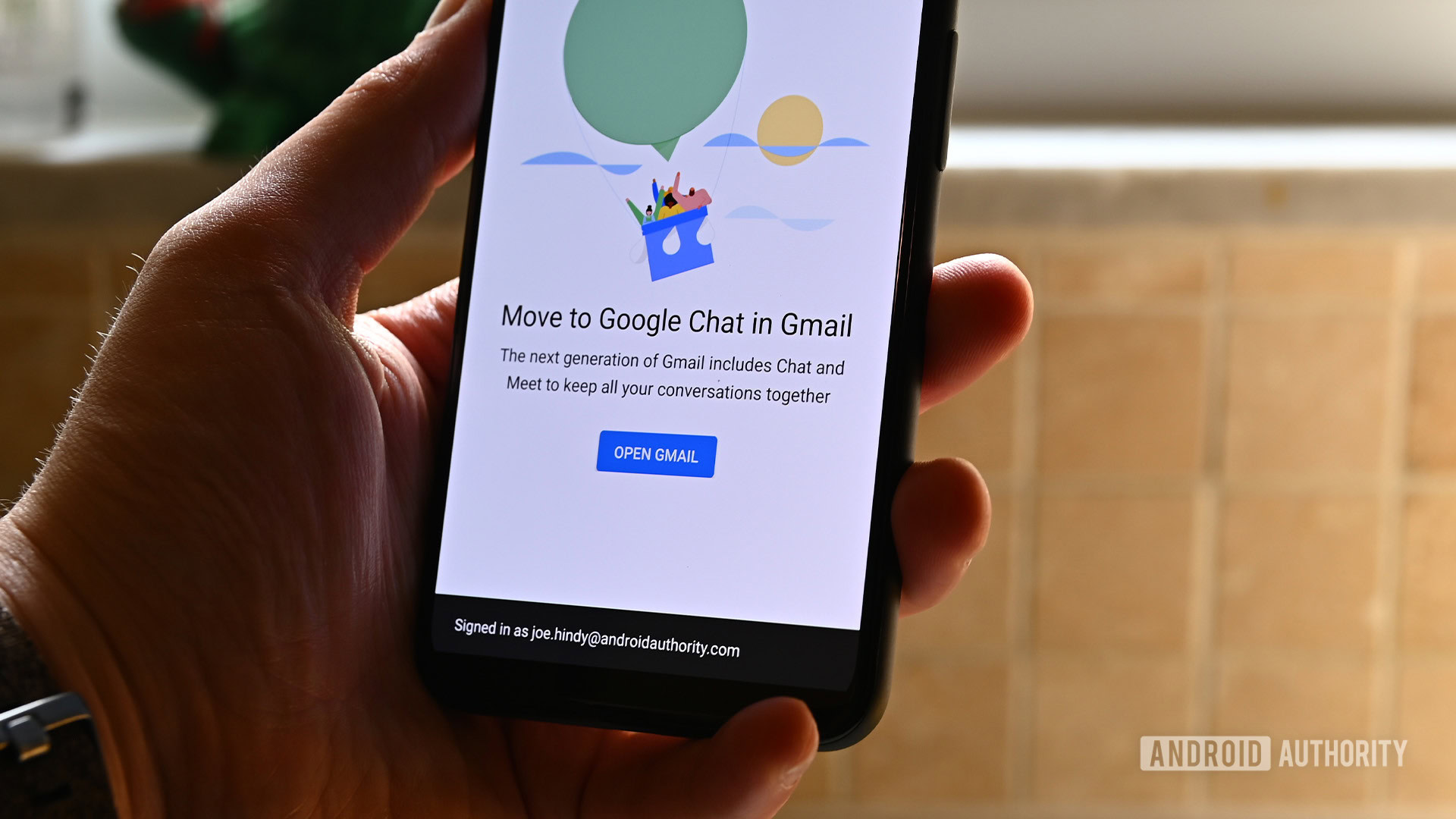
Joe Hindy / Android Authority
TL;DR
- Google Chat could finally get the ability to schedule messages, saving users from opting for third-party workarounds.
- Users will be able to set the exact date and time for message delivery, and even view all scheduled messages in one place.
- Google is also bringing Gemini features to Google Chat, letting users use the AI digital assistant within conversations.
Gmail comes preloaded on Android flagships, so it’s often the de facto email app for most people since it does the job quite well. Nestled within Gmail is Google Chat, another one of Google’s many messaging apps, but one that not as many people use daily. Google hasn’t forgotten about Google Chat, though, as it is working on the ability to schedule messages and even bring Gemini features to it.
An APK teardown helps predict features that may arrive on a service in the future based on work-in-progress code. However, it is possible that such predicted features may not make it to a public release.
Scheduling messages within Google Chat
Currently, there is no way to schedule a message within Google Chat. Users have to resort to third-party services as a workaround to schedule a message in the DM. Thankfully, in the Gmail app v2025.04.13 release, we spotted clues that indicate Google is adding a way to schedule messages to send to people.
Code
<string name="MSG_SCHEDULING_MENU_TITLE">Schedule message</string>
<string name="MSG_SEE_ALL_SCHEDULED_MESSAGES_BUTTON_TEXT">See all scheduled messages</string>
<string name="MSG_X_NUMBER_MORE_SCHEDULED_MESSAGES_GOING_TO_BE_SENT_TO">{COUNT}+ messages scheduled to be sent to {GROUP_NAME}.</string>
<string name="MSG_X_NUMBER_OF_SCHEDULED_MESSAGES_GOING_TO_BE_SENT_TO">{COUNT} messages scheduled to be sent to {GROUP_NAME}.</string>
<string name="MSG_ONE_MESSAGE_SCHEDULED_TO_BE_SENT_BEYOND_THIS_WEEK">Your message will be sent to {GROUP_NAME} on {MONTH_AND_DAY} at {TIME}.</string>
<string name="MSG_ONE_MESSAGE_SCHEDULED_TO_BE_SENT_LATER_IN_THIS_WEEK">Your message will be sent to {GROUP_NAME} on {DAY_OF_WEEK} at {TIME}.</string>
<string name="MSG_ONE_MESSAGE_SCHEDULED_TO_BE_SENT_TODAY">Your message will be sent to {GROUP_NAME} at {TIME}.</string>
<string name="MSG_ONE_MESSAGE_SCHEDULED_TO_BE_SENT_TOMORROW">Your message will be sent to {GROUP_NAME} tomorrow at {TIME}.</string>As you can see from the strings, users will soon be able to schedule messages for a pre-defined time, day of the week, or specific date. There will be a dedicated section that will also allow users to see all the messages they have scheduled out already, making it easier to make any changes if needed. This ability to schedule messages will remove the need for third-party services to get the same functionality.
Gemini features for Google Chat on mobile
Beyond this, Google is also working on bringing Gemini features for Google Chat, which are already available on the web version.
Code
While using Gemini in Chat, you can use Gemini to summarize, list action items, or answer specific questions about a conversation you have open.We managed to activate the feature to give you an early look from within the Gmail mobile app:
You will be able to access Gemini within the Google Chat tab in Gmail for Android by clicking on the Gemini icon in the header bar. Tapping on it will reveal a bottom sheet that has a few recommended actions. If these suggestions don’t work, you can type your prompt in the text box. Either way, Gemini will often suggest more follow-up prompts that users can fall back on to keep the conversation going with the AI until they are satisfied.
You can already use Gemini in Chat on the web to summarize a conversation or file, generate a list of action items, or answer specific questions about that space or conversation. It’s fair to presume that this functionality will also make its way to the Gmail mobile app.
Neither the ability to schedule messages nor Gemini in Chat on mobile is available to users right now. These features may or may not be coming in the future, but given their utility, we hope they do. We’ll keep you updated when we learn more.


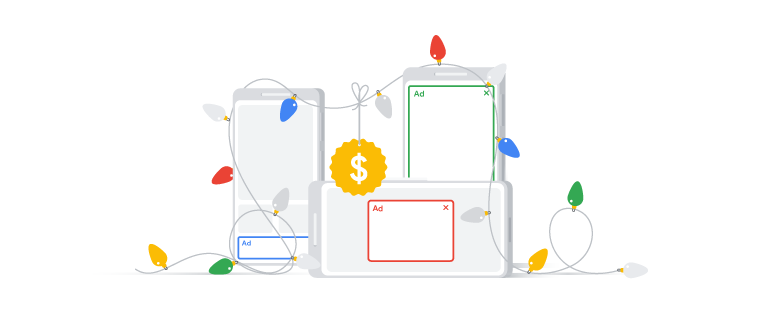
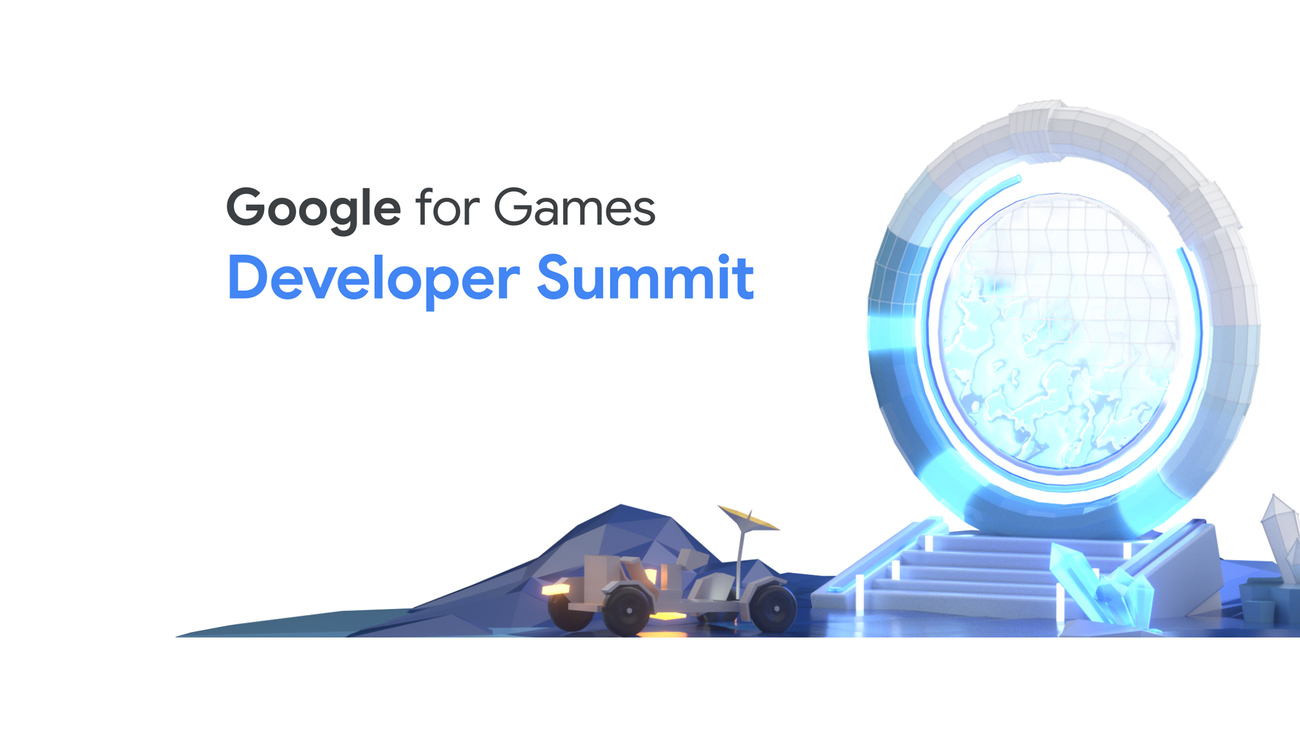
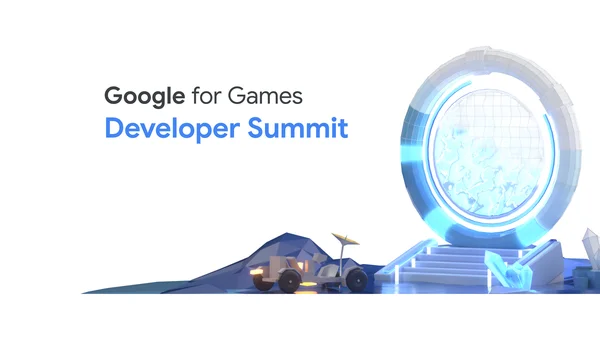 Announcing Google for Games Developer Summit 2021, an online event to help game developers grow your business.
Announcing Google for Games Developer Summit 2021, an online event to help game developers grow your business.